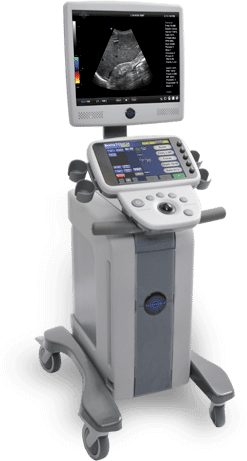Morton’s Neuroma is a very common condition of foot that can greatly compromise mobility and motion in the affected individuals. The prevalence of Morton’s neuroma is 30%-33% among the general population.
Besides lifestyle modification, a number of patients require other procedures to treat Mortons neuroma such as alcohol ablation, radiofrequency ablation, cryoablation etc. But how can one make these interventional procedures more precise and hazard-free?
Research and clinical studies show that the use of ultrasound guidance in these micro-invasive procedures can greatly increase the precision, success rate and accuracy of treatment protocols. A recent literature review concluded that ultrasound guidance reduces need for surgery by alleviating the symptoms associated with less invasive procedures (1).
The report success rates of ultrasound guided ablation varies from as high as a 100% success rate (1) to an 85% success rate. These patients had an average of only 1.6 sessions of ultrasound-guided radiofrequency treatment in the setting of chronic and symptomatic Morton neuroma.

According to a new study by Carolyn M. Sofka and associates, ultrasound guidance offer superior results by:
Based on the results of a study reported in the Journal of the American Podiatric Medical Association; some benefits of ultrasound guidance in the therapeutic management of Morton’s neuroma are:

Ultrasound guided procedures are therefore more effective and safe in the long term management of Morton’s neuroma. Speak to your healthcare practitioner if you have more questions on the types of ultrasound-guided therapeutic procedures.

References:


By providing us with your information you are consenting to the collection and use of your information in accordance with our Terms of Service and Privacy Policy.